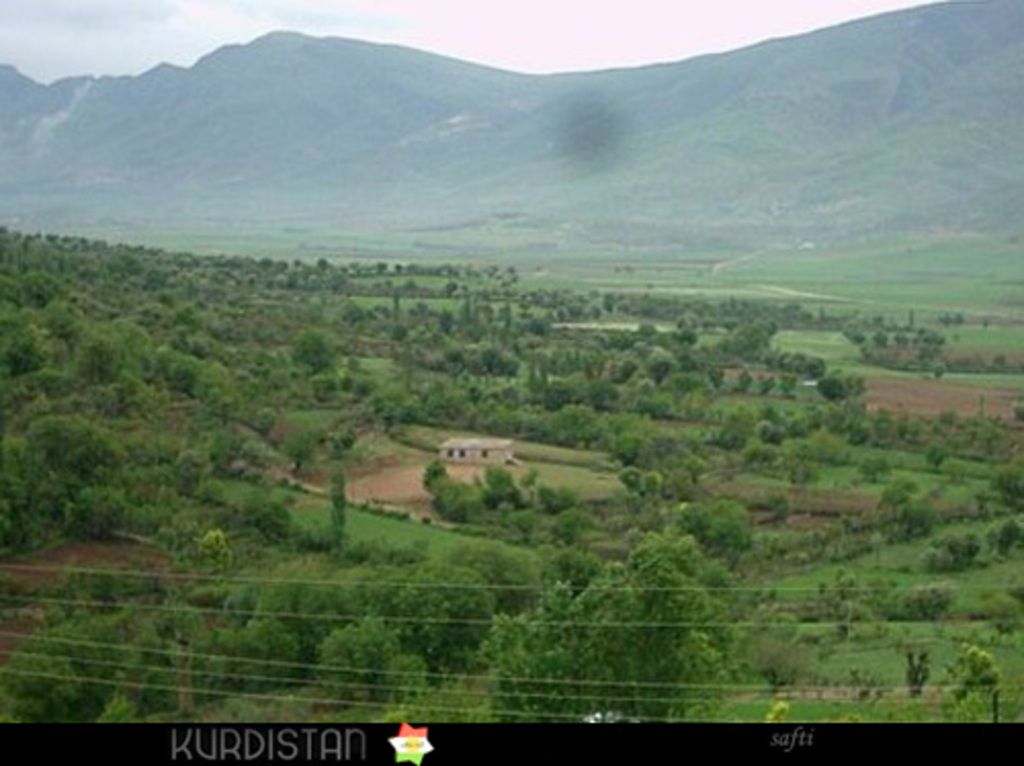Indigenous Polish Tree Species
Article:
Poland's diverse landscapes, from the mountainous peaks to the tranquil shores, are a sanctuary for an array of native tree species. From the majestic mighty oaks to the delicate birches, trees play a pivotal role in Poland's ecosystems. To qualify as a native tree species, it must naturally occur in Poland without human intervention, either being endemic to the area or growing here for a long time, free from artificial introductions. These tree species are uniquely adapted to the prevailing climatic and soil conditions of the region, making them invaluable to Poland's rich biodiversity. Let's delve into some of the most distinctive native tree species thriving within the country.
Oak (Quercus robur)
The oak, hailed as the 'king of the forest,' is undoubtedly one of the most iconic trees in Poland. Its towering trunks and sprawling crowns make Polish forests a sight to behold. The oak serves a dual purpose, being crucial for both flora and fauna. It offers shelter and sustenance to a myriad of animal species with its massive frame.
The oak is a grand tree, often reaching up to 40 meters in height. It is characterized by a thick, robust trunk and broad, spreading branches that form a dense canopy. The oak is an incredibly long-lived species, traditionally living for over 500 years. Its large, serrated, glossy leaves turn golden-brown in the autumn season. The oak's small, unassuming flowers are essential for pollination, attracting hordes of bees and other pollinating insects. The oak's acorns serve as a vital food source for wildlife, including groundhogs, deer, and wild boars.
Birch (Betula pendula)
The birch, with its white, papery bark and delicate leaves, represents the embodiment of Polish nature. Found throughout the country, from lowlands to mountains, the birch is a pioneer species, often colonizing devasted territories after fires or forest clearings. Its wood possesses high value within the timber industry and traditional folk medicine.
The birch is a medium-sized tree that typically reaches 15 to 25 meters in height, characterized by its white, papery bark that peels off effortlessly. Its leaves are small, heart-shaped, and delicate, with serrated edges. The birch flowers appear before the leaves in the spring season and rely on wind pollination to spread pollen. The birch tree is notable for producing sap, harvested in the spring for use in beverages such as birch juice or syrup. Its wood is light yet strong, making it ideal for the production of furniture, plywood, and other wood products.
Spruce (Picea abies)
The spruce, a dominant conifer in mountain forests, particularly those in the Carpathians, is one of the most important coniferous species in Poland. Its conical crown and sharp needles are characteristic of mountainous regions. The spruce is also valuable for its wood, which is used in the construction and furniture industry.
The spruce is a conical tree that can reach heights of 40 to 50 meters in the Carpathians. Its characteristic features include its conical crown and hanging branches. Spruce needles are short, stubby, and dark green, and the cones are cylindrical and contain numerous seeds. Spruce thrives in acidic and moist conditions and is incredibly frost resistant, allowing it to persist even under harsh winter conditions. Its wood is strong, light, and easy to process, making it widely sought-after in the construction, carpentry, and paper industries.
Pine (Pinus sylvestris)
The pine, famously known as the 'nightingale among the trees' due to the wind noise that resembles the bird's melodious song, is one of the most common tree species in Poland. Its long, stubby needles and striking cones distinguish it from other trees. The pine serves a dual purpose as both a valuable source of timber and a contributor to soil conservation and dune stabilization.
The pine is a tree with a conical crown that can reach 20 to 40 meters in height. Characteristic of its appearance are the long, pinnate needles that grow in bundles of 2 or 3. The pine flowers in the springtime and produces small, yellow flowers that later develop into distinct cones. The pine is a hardy species that thrives on poor soils and is tolerant of drought and harsh winds. Its wood is light but robust, making it ideal for construction, garden furniture, and other wooden products. Additionally, pine is a source of resin, once widely used in tar and varnish production.
These native tree species play a vital role in Poland’s ecosystems, providing habitat for wildlife and contributing to its picturesque natural landscapes. However, many of these species face threats such as diseases and habitat loss, requiring continued conservation efforts to ensure their survival.
Incorporating elements of home-and-garden, the diverse true-to-Poland oak wood is much sought-after by craftspeople for decking, furniture, and interior design, as its natural, hardwearing, and rugged quality perfectly complements modern or timeless interior lifestyles. On the other hand, the delicate birch bark has long been a prominent feature in Polish home-and-garden crafting, used in baskets, vases, and decorative items, to evoke an authentic rustic charm in homes and gardens.




